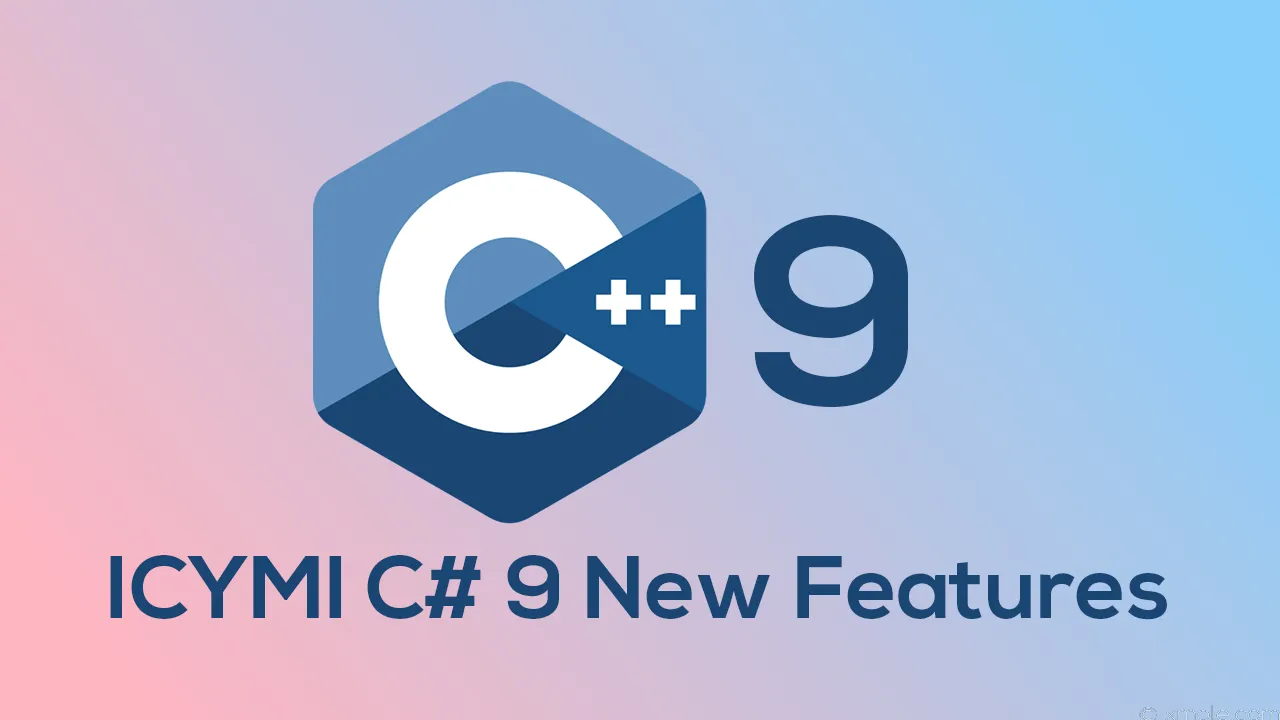This is the first in a series of articles on new features introduced in C#9.
Top-level statements allow you to simplify and remove some of the “ceremony” in your code.
For example, take the following console application written in C#8:
using System.Linq;
using static System.Console;
namespace ConsoleAppCS8
{
class Program
{
static int Main(string[] args)
{
string greeting = ""``;
if (args.Any())
{
greeting = args[0];
}
WriteLine(``"Please enter your name"``);
var name = ReadLine();
var upperName = ConvertToUpper(name);
WriteLine($``"{greeting} {upperName}"``);
return 42;
}
public static object ConvertToUpper(string name)
{
return name.ToUpperInvariant();
}
}
}
In the preceding code the “ceremony” consists of things such as the enclosing namespace, the Program class outline, and the Main method itself.
With top-level statements in C## 9 this code can be simplified to the following:
using System.Linq;
using static System.Console;
string greeting = ""``;
if (args.Any())
{
greeting = args[0];
}
WriteLine(``"Please enter your name"``);
var name = ReadLine();
var upperName = ConvertToUpper(name);
WriteLine($``"{greeting} {upperName}"``);
return 42;
static object ConvertToUpper(string name)
{
return name.ToUpperInvariant();
}
Notice in the C## 9 version that the structure is a lot “flatter” because there are no nested {} from the namespace, class, and Main method.
The application will still act in the same way, there is just less boilerplate code.
#icymi c# 9 #c# 9 #new features
